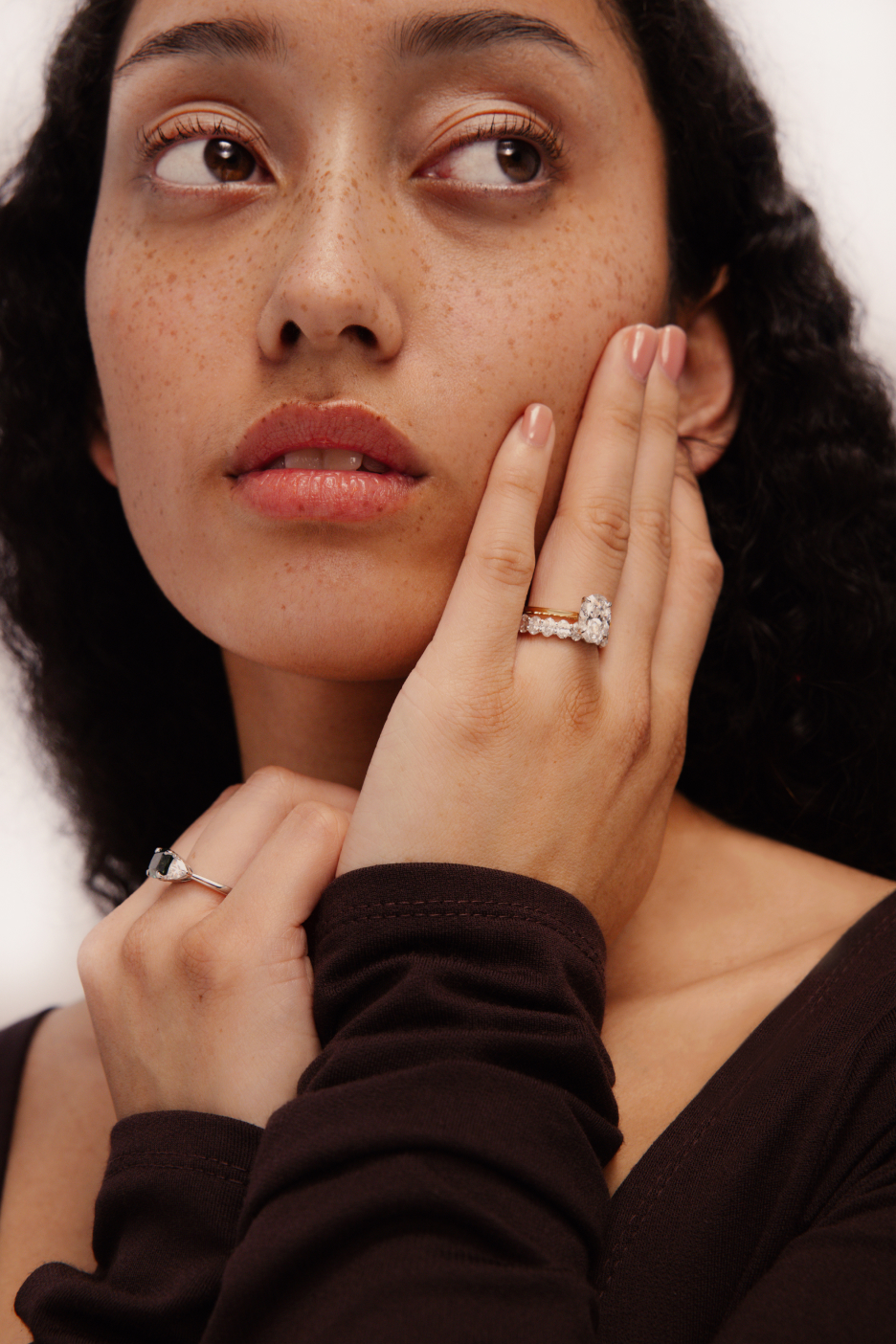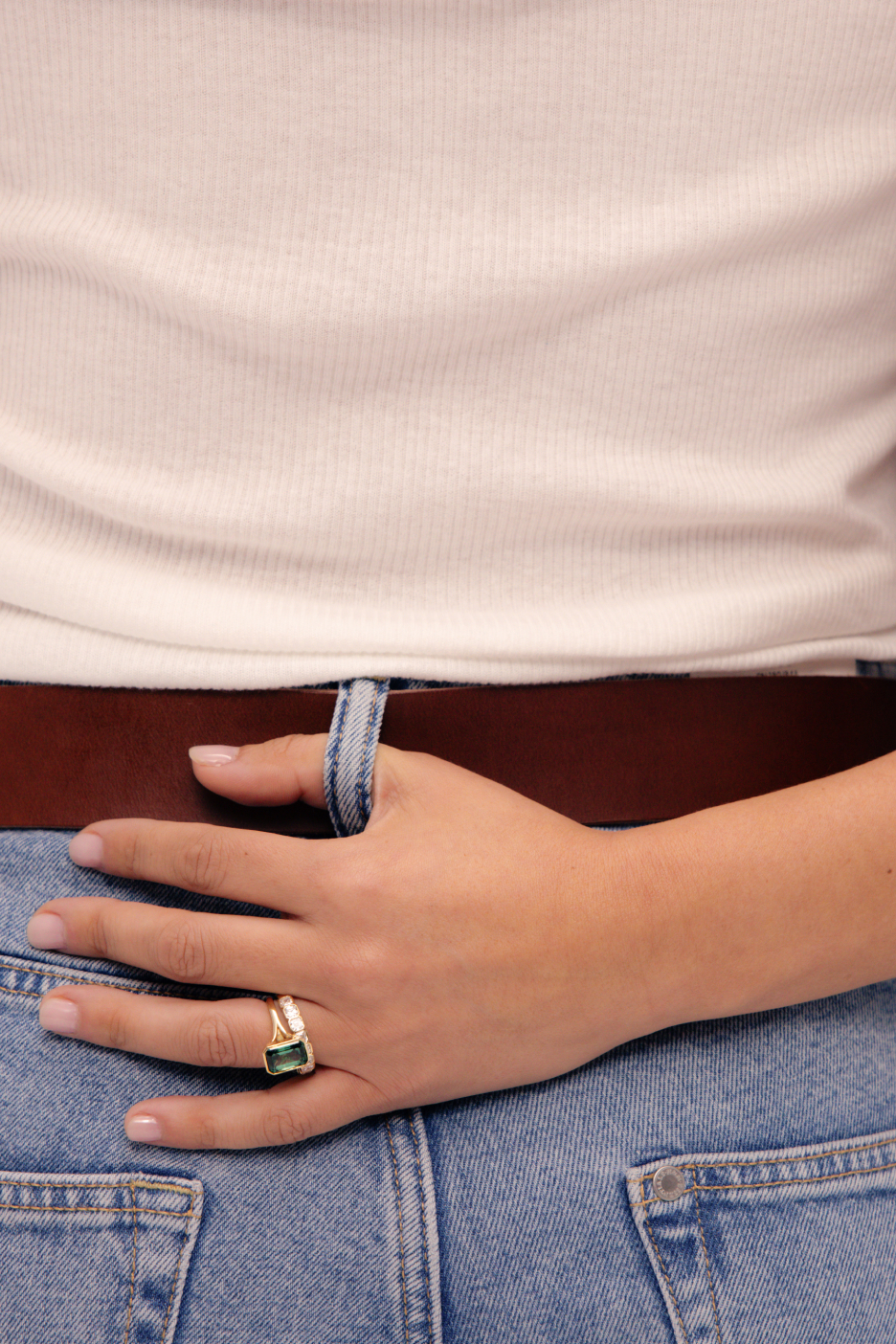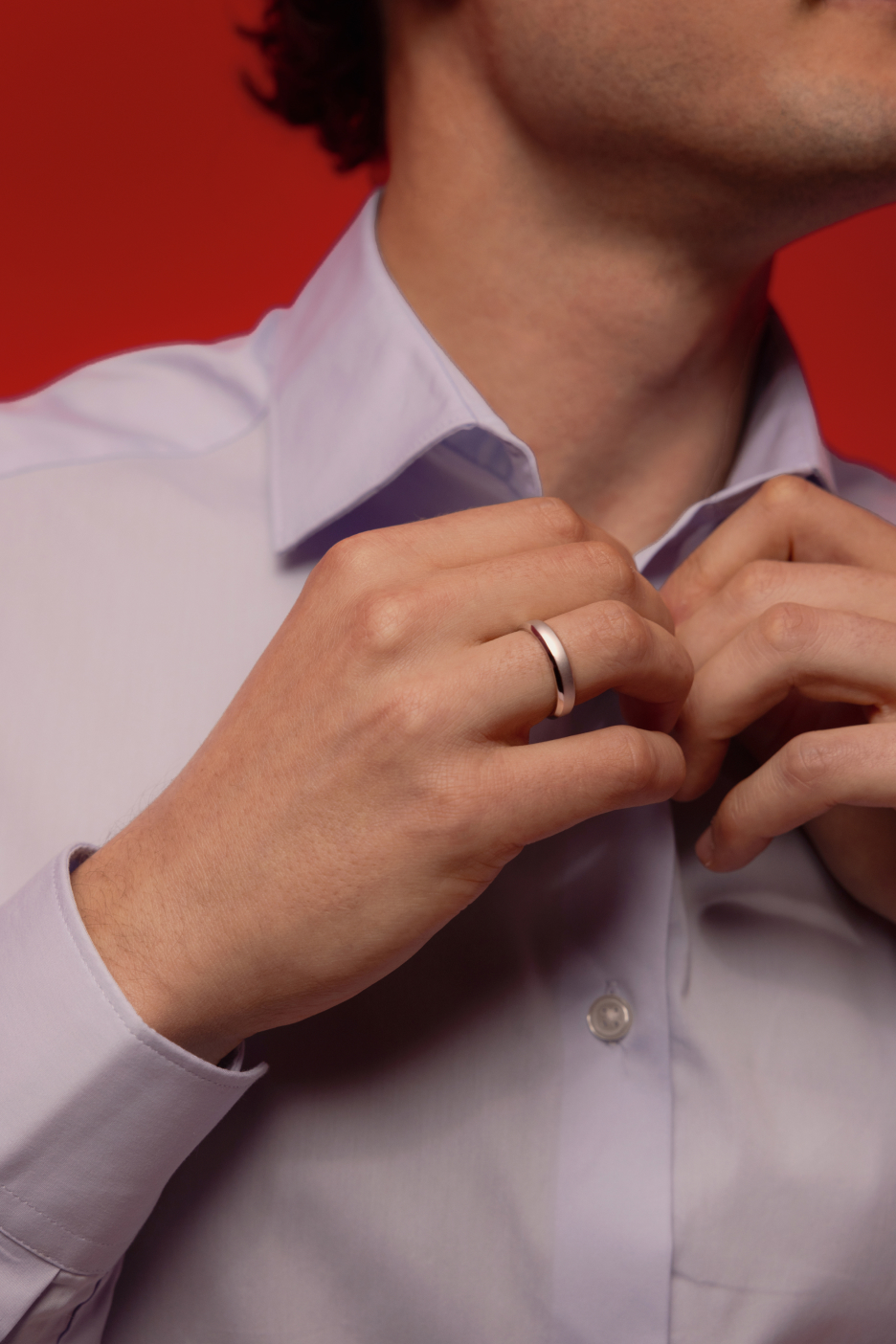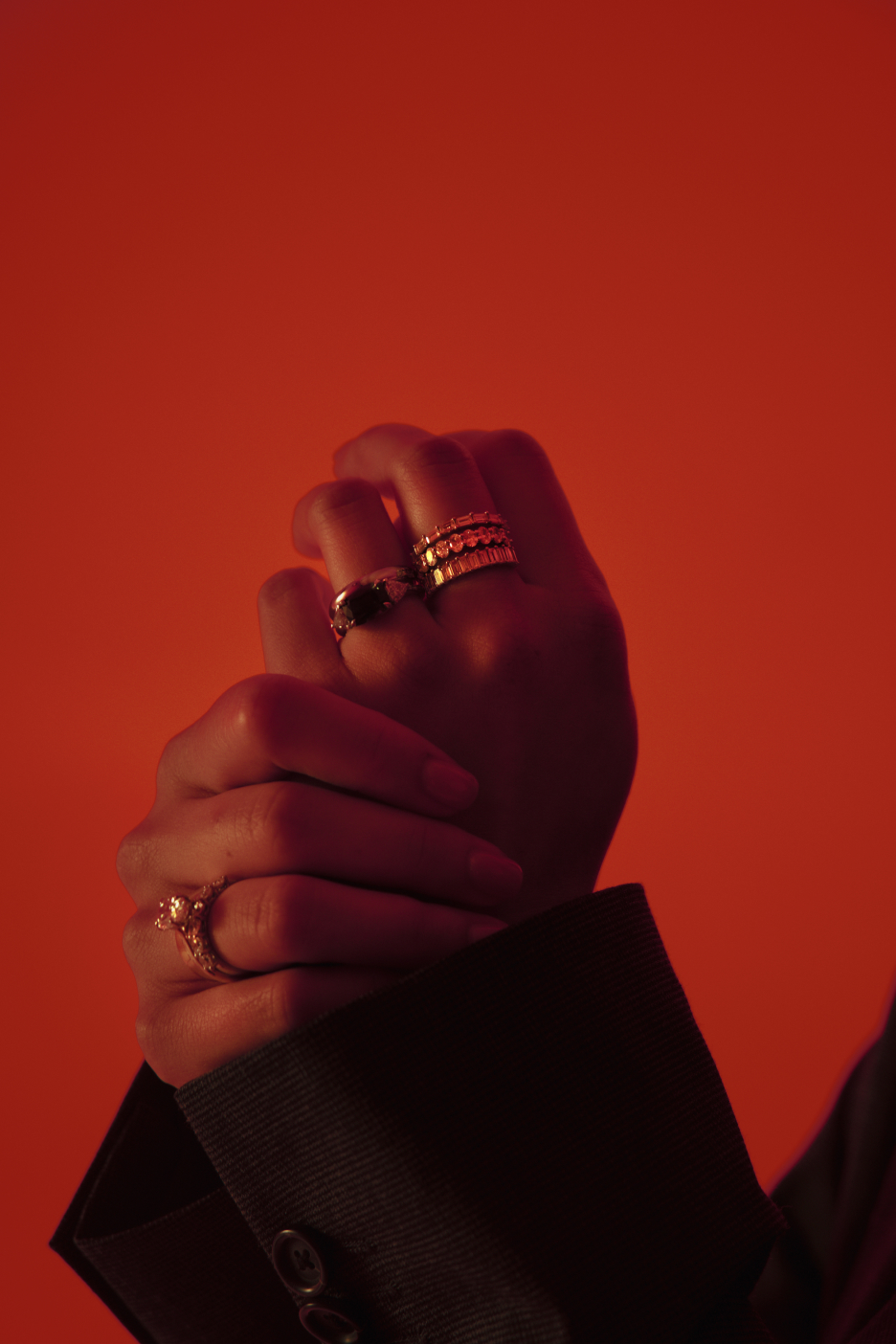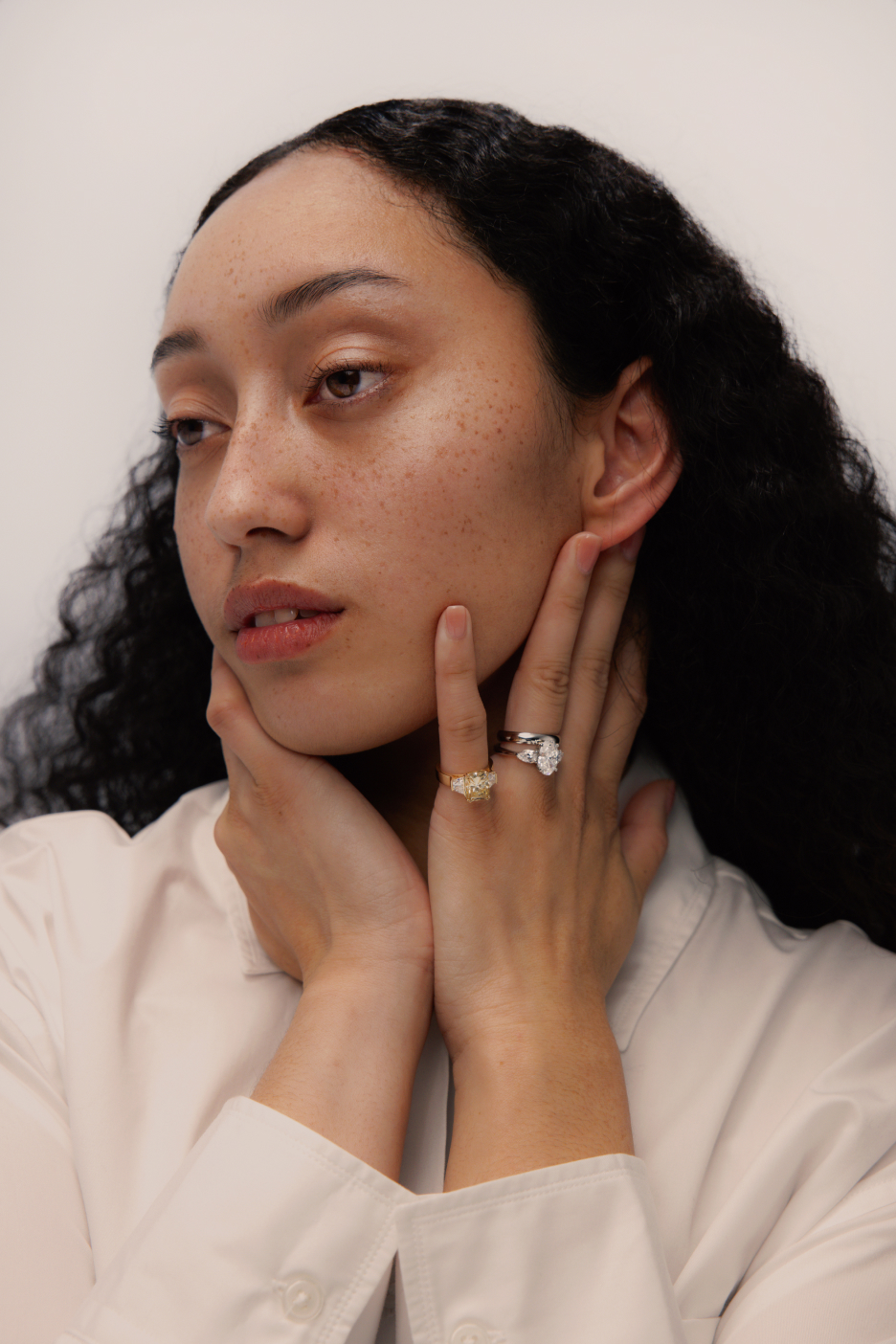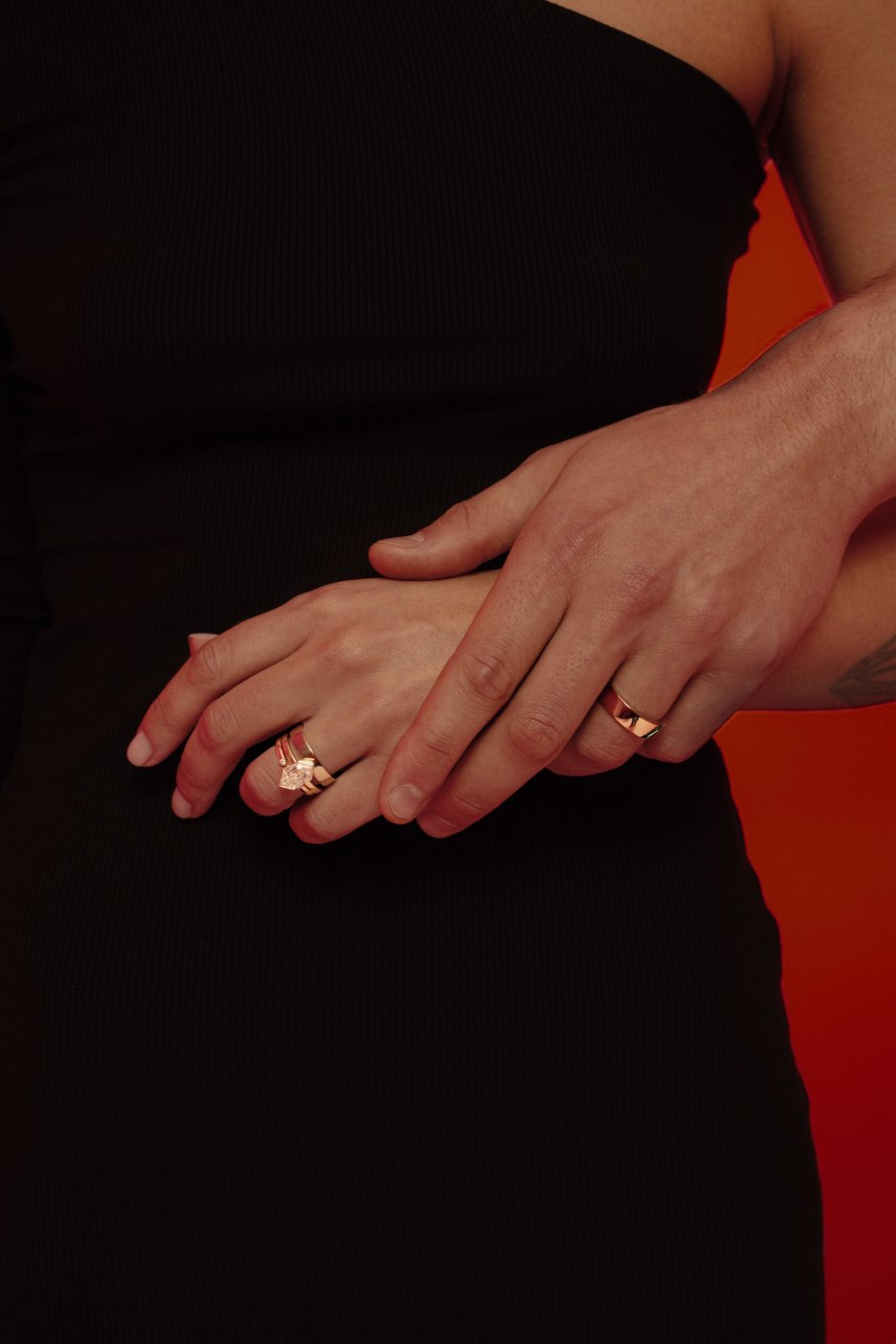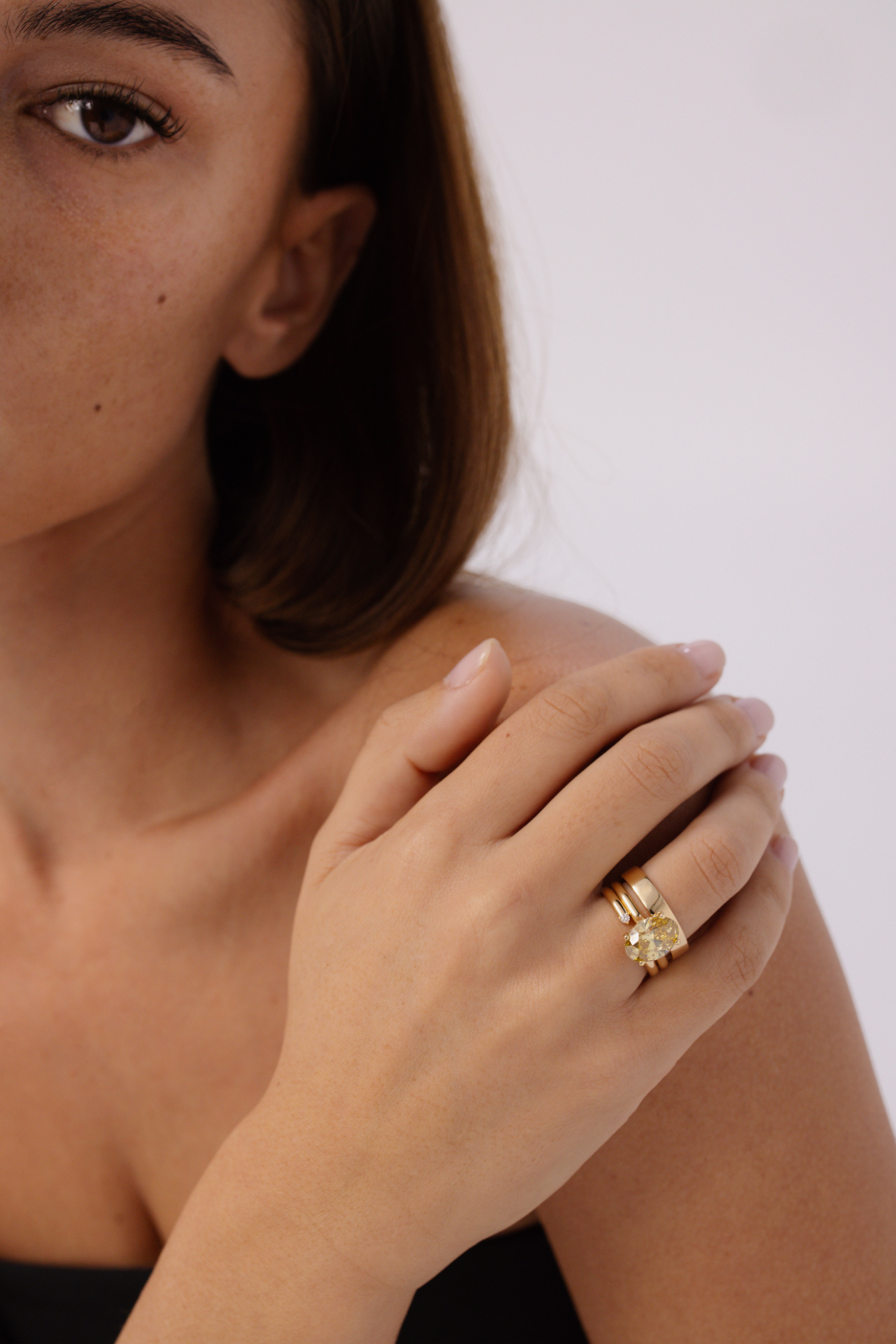Engagement Rings and the Mohs Scale: What You Need to Know

Engagement rings are fascinating, given that their glamourous nature easily conceals the science embedded in each piece. Intentionally crafting precious metals and brilliant gemstones speak to the beauty that surrounds us and the necessity of maintaining our environments. The Mohs Scale of Hardness serves as one way to grasp the value of science in designing an engagement ring. If that name sounds unfamiliar, it won’t be for much longer.
As proposals continue to rise in 2022, selecting an engagement ring remains an important decision. While many trends can influence this choice, durability should be a major factor in which engagement ring you choose. There are a variety of stone options that would make for a unique ring. But some stones work better than others in a piece of jewellery meant to be worn every day.
The Mohs Scale of Hardness is a system that determines a stone’s resistance to scratching. Its measurement is taken as a comparison among varying minerals. This factors heavily in the consideration of an engagement ring: you want to find a stone that can withstand your daily routine and the stunning moments in between.
Many stones like turquoise, lapis, and moonstone make for a beautiful base to build a ring around, but they are not a durable choice for everyday life. As it becomes more popular to be more open-minded about the center stone for an engagement ring, the Mohs Scale offers a method for determining which stones can actually withstand the test of a lifelong union.
Where does the Mohs Scale come from?
The Mohs Scale of Hardness is named after German geologist and mineralogist Friedrich Mohs. Though we assume Mohs did not have engagement rings in mind, he first developed the measurement in the early 1800s in an effort to identify new stones.
The Mohs Scale tests a mineral’s hardness, or durability, through how well it holds up against abrasion. Hardness is dependent upon the strength of the bonds between atoms in a crystal. This strength is known as the stone’s crystallographic direction. The more scratch-resistant a stone is, the more durable it is believed to be. Mohs’s unit of measure is universal and a convenient way to determine the qualities of a stone quickly.
The Mohs scale and choosing an engagement ring center stone
The minerals used in Mohs’s initial experiment were talc, gypsum, calcite, fluorite, apatite, orthoclase, quartz, topaz, corundum, and diamond.
Each stone represents increasing hardness with a score from 1 to 10; as the softest stone, talc sits at a score of 1 and diamonds are the hardest gem with a score of 10. Friedrich Mohs came to the conclusion of each stone’s hardness by rubbing them against one another. So as the scale increases, that stone is able to scratch each subsequent one without being scratched.
One thing to keep in mind: while the scale seems to distribute stones equally, the hardness of each stone is not. For example, diamonds are the hardest stone and are four times as hard as corundum (sapphires and rubies) but corundum is only about twice as hard as topaz.
For additional context, the Mohs Scale also figures the hardness of common objects. This makes the measurement a handy tool for geologists in the field. When confronted with an unknown stone specimen, they can use the score of something they already know for the purpose of comparison.
For example, a fingernail has a score of 2.5 and a masonry drill bit sits at a score of 8.5. Being able to use an object that may already be with you to determine the composition of a stone makes the process that much easier. Outside of geology, that element of comparison is helpful when thinking about all that an engagement ring faces daily.
How should the Mohs Scale influence your engagement ring?
With all this in mind, the Mohs Scale is the tool jewellers turn to when determining the best stones for a long-lasting engagement ring. It is generally understood that stones with a measure of seven or above work well for these special pieces.
Additional to hardness, another factor to consider is toughness. This attribute speaks to the stone’s ability to withstand breaking and chipping. Due to the many activities we perform with our hands, like eating, cleaning, and washing, rings are exposed to a higher risk of damage than say, earrings or necklaces.
Depending on a stone’s hardness and toughness, it can be affected by simply stuffing your hands in your pocket or accidentally rubbing against a wall. Choosing a more durable stone also positively impacts the level of care your engagement ring will require. The good news is that many beautiful stones fit the criteria for a lasting engagement ring.
At Four Words, we develop lab-grown varieties of your favourite center stones. Our process is beneficial in reducing the overall cost of your engagement ring purchase as well as being an environmentally-friendly alternative to traditionally mined gemstones.
Diamonds became the go-to stone option for engagement rings due to a clever marketing campaign created almost a century ago. Prior to this, diamonds were not the sole choice for an engagement ring center stone. An engagement ring is a special piece for you and your partner — we encourage you to create a design that holds meaning for you both above all else.
Aside from diamonds, some great options for engagement ring stones include:
- Moissanite: a brilliant, clear stone that is incredibly similar in look to a diamond. It also measures at a 9.25 on the Mohs Scale, so it will hold up well through day-to-day activities.
- Sapphire: a marvel of a gemstone that is traditionally known for its rich blue hue. But sapphires come in many colours, including pink and white. If you desire a coloured stone for your engagement ring, this is a good one to jumpstart your search.
- Emerald: another precious gemstone that most are familiar with for its signature green colour. Their rating on the Mohs Scale rests between 7.5 and 8. Emeralds are a great accent for an engagement ring that incorporates multiple stones.
- Topaz: while topaz is heat-treated to produce a variety of colours, its most natural state is colourless. It is a beautiful diamond alternative with a Mohs Scale measurement of 8. The stone is also a good base as it works well in multiple setting styles.
- Alexandrite: this rare stone has a special feature: it changes colour under incandescent light. Look to it as an option if you’re having trouble deciding on just one colour for your engagement ring. With a hardness of 8.5, it is also very durable for everyday wear.
Whichever stone you choose for your engagement ring, we hope the Mohs Scale of Hardness provides a firm foundation for developing that choice. There are so many gorgeous options available for a one-of-a-kind engagement ring and we encourage you to have fun with designing a piece of jewellery you will keep with you for a lifetime.
